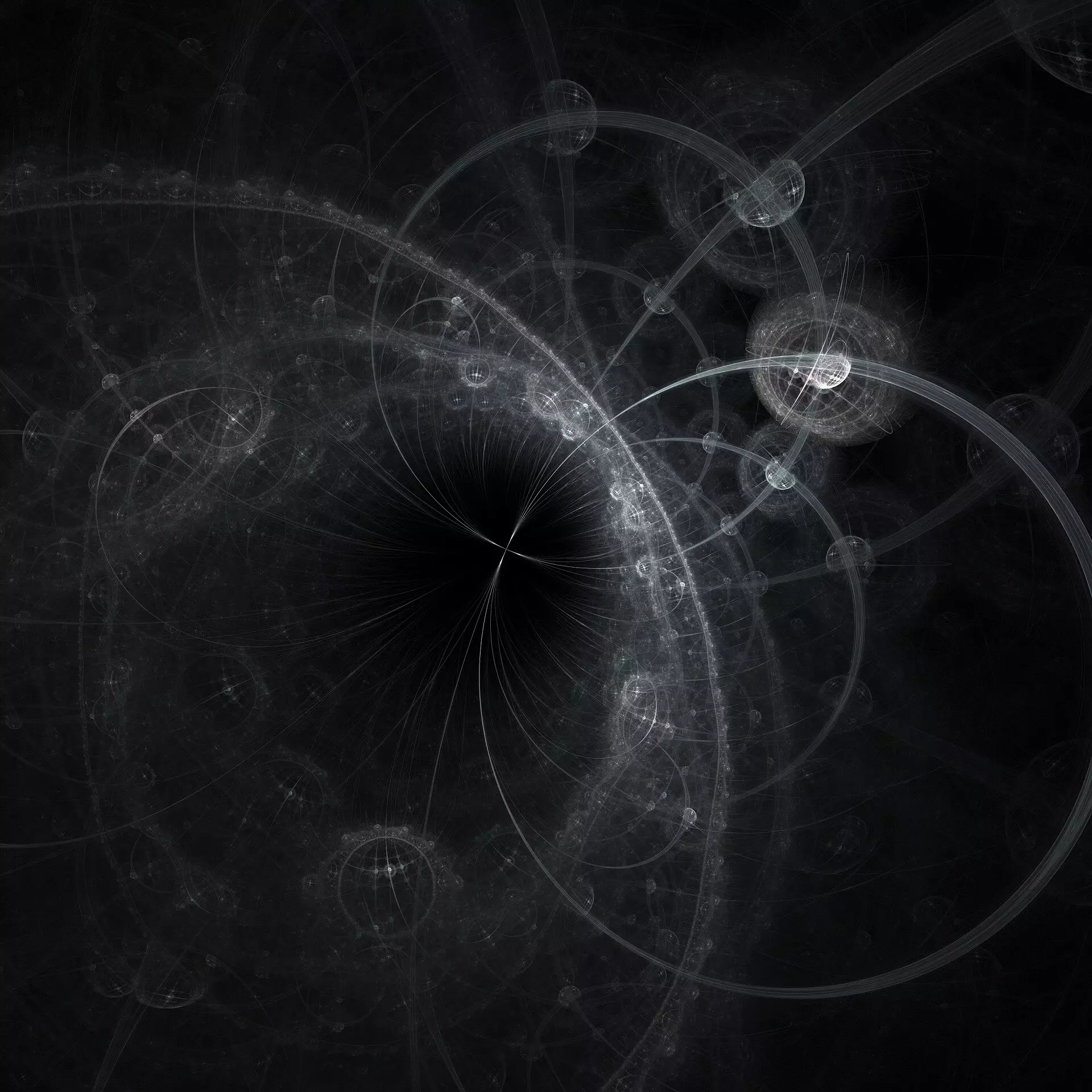Recent advancements in particle physics have taken a monumental leap with findings from scientists at CERN, particularly the NA62 collaboration. These researchers have observed an exceptionally rare decay process involving the charged kaon, a particle integral to our understanding of the universe’s fundamental building blocks. The decay in question is K+ → π+νν̄, where a charged kaon transforms into a charged pion and a neutrino-antineutrino pair. What sets this discovery apart is its rarity; according to predictions from the Standard Model—our prevailing framework for particle physics—fewer than one in ten billion kaons is projected to decay in this manner.
The production of kaons hinges on a high-intensity proton beam from CERN’s Super Proton Synchrotron, which collides with a stationary target. This collision generates a stream of particles, speeding toward the NA62 detector. Remarkably, approximately six percent of these particles are charged kaons. The DA62 detector is engineered to identify these particles and accurately measure their decay products, which includes the elusive neutrinos that escape detection—manifesting as missing energy in the overall analysis.
Research Collaboration and Innovation
The collaborative effort spans over a decade, with key figures like Professor Cristina Lazzeroni from the University of Birmingham and Professor Giuseppe Ruggiero from the University of Florence playing substantial roles in achieving this milestone. Their sentiments echo a deep sense of accomplishment, with Lazzeroni noting the “5 sigma” level of statistical significance required to establish this decay as the rarest at the discovery level. This discovery was made possible not only through the hard work of experienced scientists but also thanks to the engagement of early-career researchers who have been given pivotal roles within the project.
The latest results stem from an amalgamation of two datasets collected during different operational phases. The extensive 2021-2022 dataset was particularly vital, featuring enhancements to the experimental setup that permitted operations at a thirty percent increased beam intensity. The introduction of new detectors significantly bolstered data collection rates by fifty percent, while also improving background suppression techniques. Such meticulous upgrades underscore the commitment to precision in experimental physics and the team’s ability to adapt and innovate in pursuit of knowledge.
Implications for Physics Beyond the Standard Model
The K+ → π+νν̄ decay embodies an intriguing avenue for exploring new physics beyond the established Standard Model. Notably, though the measured fraction of kaons decaying into a pion and neutrinos—approximately 13 in 100 billion—aligns with theoretical predictions, it also suggests a notable increase by about fifty percent. Such discrepancies spark curiosity about the potential influence of unrecognized particles or phenomena that may be enhancing decay probabilities. This opens a compelling dialogue surrounding alternate theories to the Standard Model and could signify a foundational shift in particle physics.
As the NA62 experiment continues its mission, scientists speak enthusiastically about the prospect of validating their findings regarding the frequency of this unique decay. The hope is to effectively discern the presence of new physics in subsequent measurements. The implications of these investigations are profound, potentially challenging existing paradigms and prompting a reevaluation of fundamental principles in physics. Researchers anticipate they may soon ascertain whether this increased decay rate indicates additional particles or forces previously unknown to science.
The recent findings from the NA62 experiments represent a significant chapter in the pursuit of fundamental truths about our universe. By uncovering the ultra-rare decay of charged kaons, researchers not only validate existing theoretical frameworks but also pave the way for future discoveries that could redefine our understanding of the particle world. As analysis continues and new data is collected, the excitement surrounding the potential for new physics remains palpable. This groundbreaking endeavor at CERN serves as a reminder of the enduring complexities of the universe and the relentless drive of scientists to uncover its mysteries.


Leave a Reply